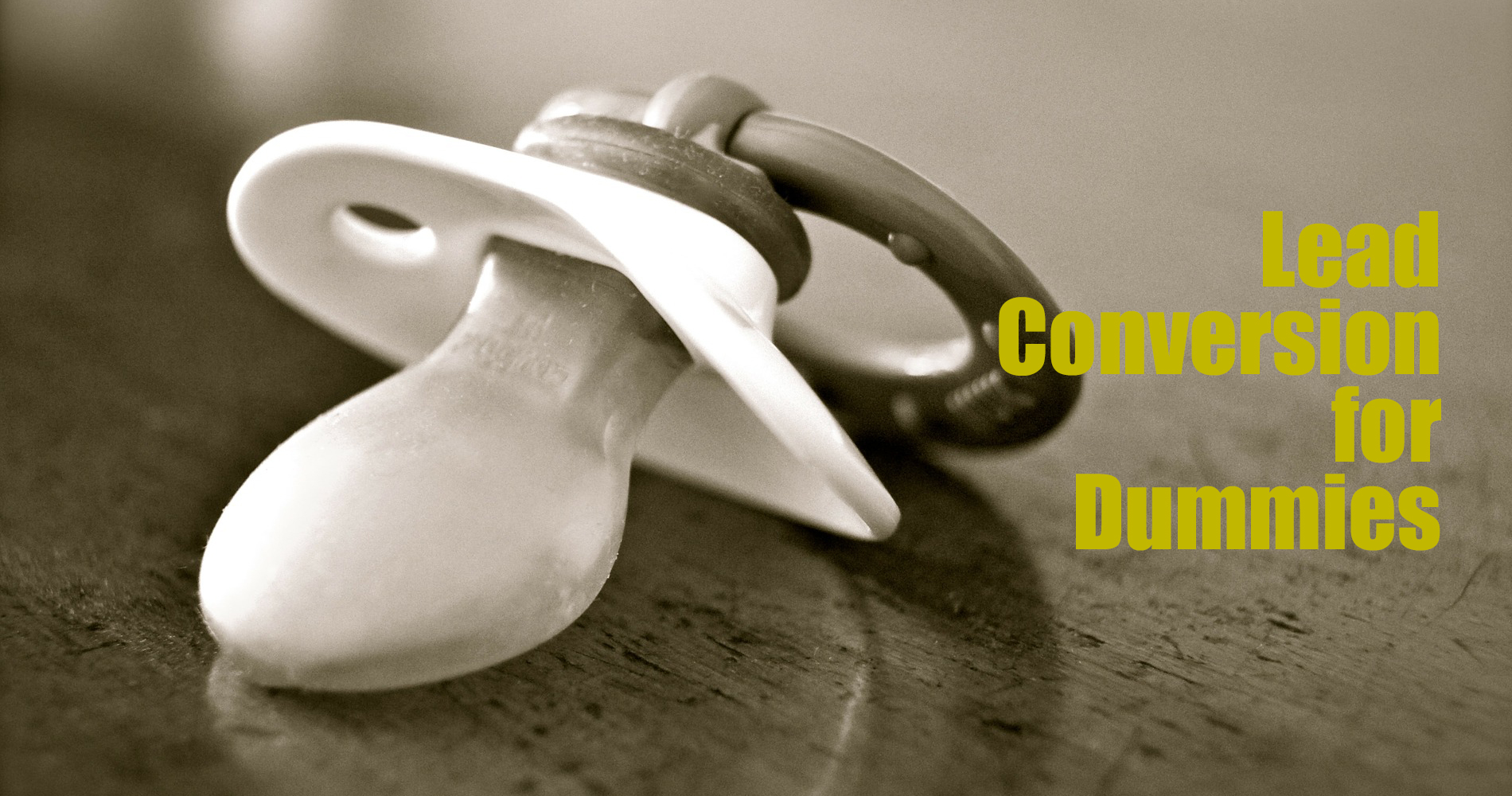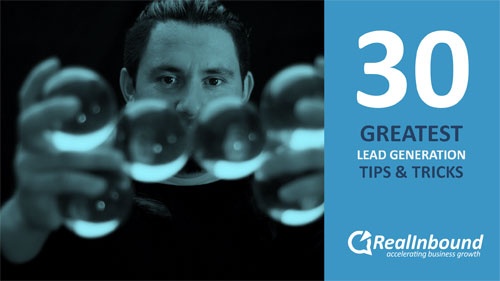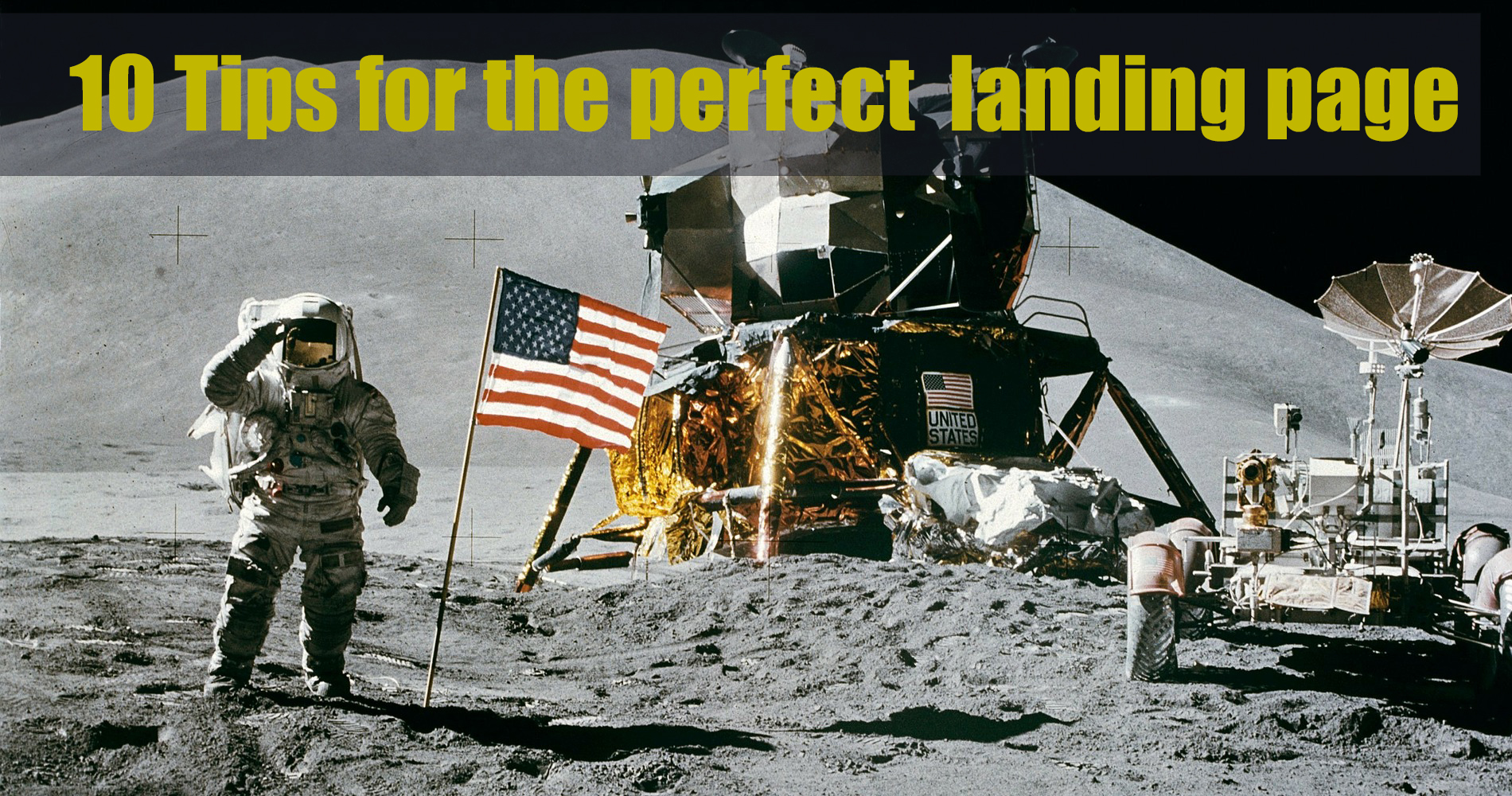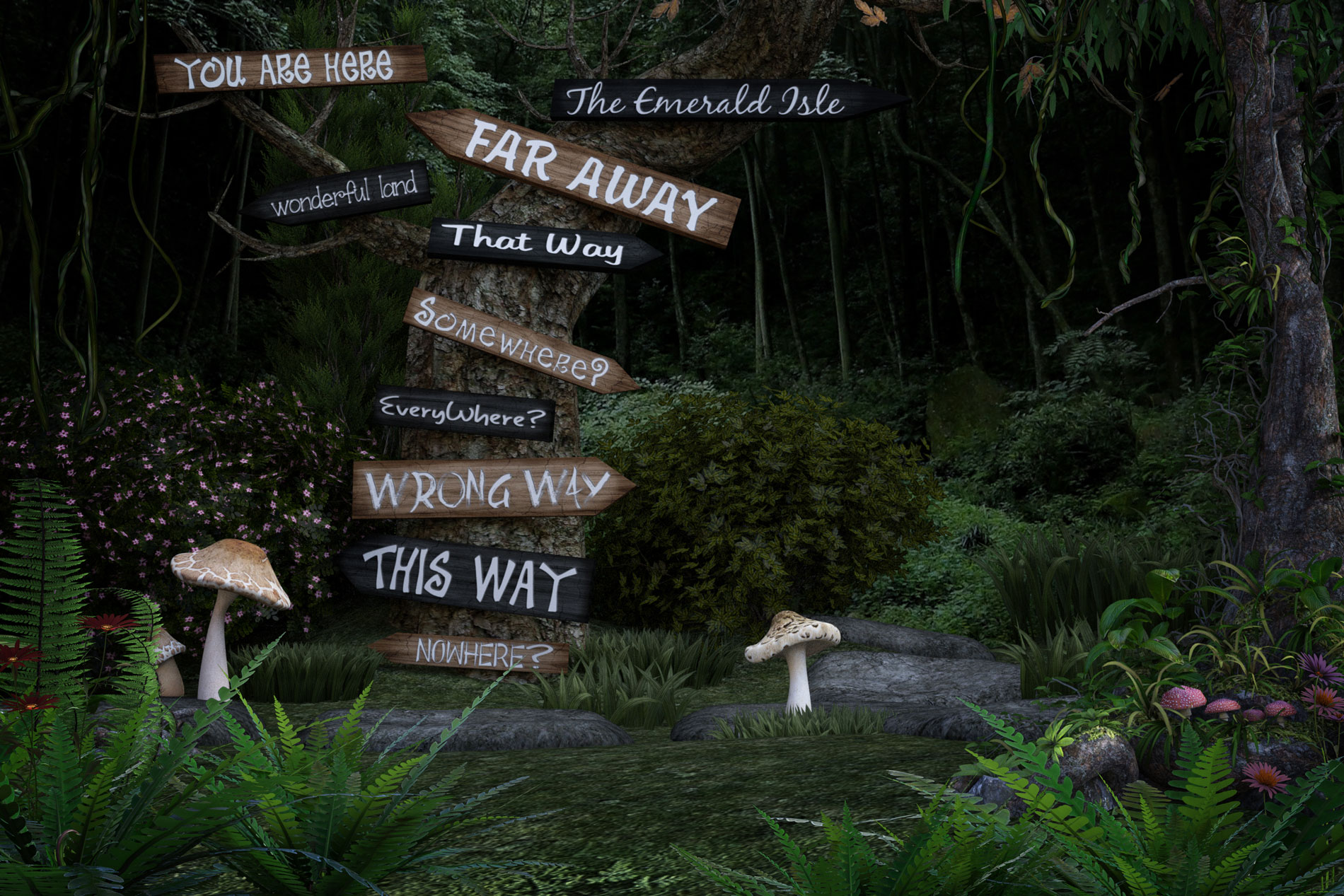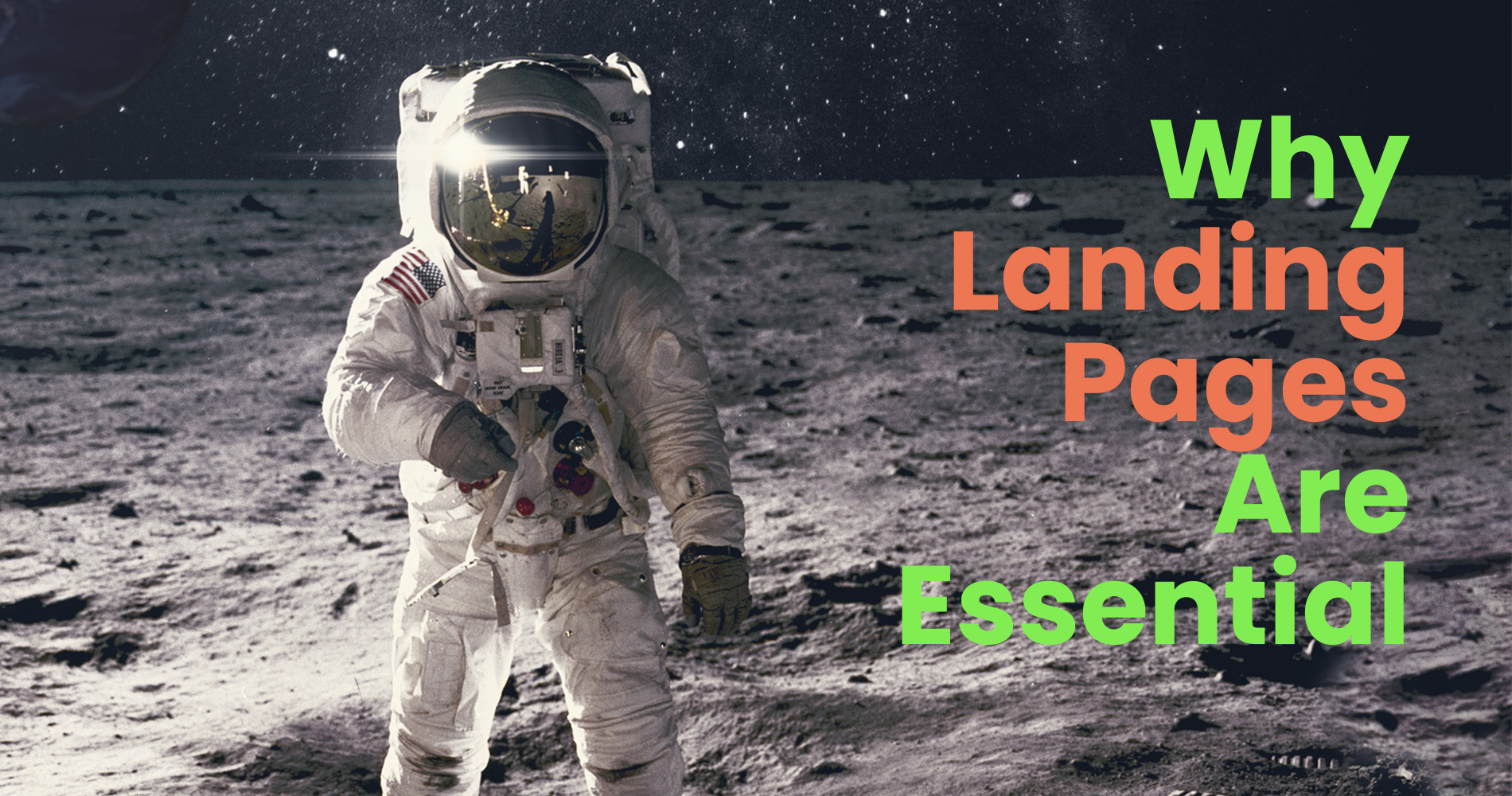Never underestimate the power of a well-designed Landing page in increasing conversion for your PPC or email marketing campaigns.!
A landing page is an important digital marketing tool you can use today to increase your return on investment. In nearly every tenth visitor, a lead or customer will convert. It may not seem impressive at first glance, but when you work the numbers, there's a good chance your landing page can generate 1,000 leads for every 10,000 visitors.
Are you familiar with the concept of a 'landing page'? Have you yet to implement one?
For those who haven't created a landing page yet, let's take a look at what it is, how it works, and how to use one.
What Is a Landing Page?
As with any other web page, a landing page can refer to any page on a website that a user lands on, however, a landing page in the marketing world is typically a single page with a single objective.
Your website's landing page is a particular page where visitors provide their contact information in exchange for an ebook, for example. A lead capture form is used to collect this information, prompting visitors to enter their name, email, and job title.
Essentially, landing pages generate leads for follow-up campaigns, such as email, direct mail, and paid ads, which are then forwarded to your sales team. Simply put, your landing page should be an above-the-fold page without any navigation and an opt-in form to capture leads.
How does a landing page work?
A landing page allows a customer to learn more about a particular aspect of your business without being distracted. Typically, an Internet site contains several links leading to different sections. An online retail store's homepage typically offers links to products, store locations, shopping categories, or store locations. A landing page creates a thoughtful design that focuses on a single element.
Take, for instance, the example of a customer reading an email newsletter. By clicking on the description of the product, the customer indicates interest in it. The link offers more details about the product, such as shipping costs and estimated delivery dates, as well as whether discounts are available for the product. Landing pages encourage visitors to focus on action and avoid distractions.
Optimising landing pages for marketing campaigns is key to improving conversion rates. Customers are more likely to take more time on the user journey since they usually click links to get to the landing page (such as a social media post or an email newsletter). A longer user journey requires more streamlined content to convince customers to take action.
Having established that well-optimised landing pages are important to acquiring traffic, let's explore some other factors that affect conversion rates.
The 3 factors that influence your conversion rate
A successful conversion is not only dependent upon the landing page but a multitude of multiple assets which are:
Calls to Action (CTAs):
Calls to action (CTA) are crucial for conversion because they combine the message and the intended action at the same place: get service, ask a question, fill out a form, or call. Each page on your website should clearly state that you want this to be the primary action for your users. A more specific call to action will result in better quality leads since users will know what to expect if they take action.
The Landing Page:
A landing page typically contains a form a visitor must fill out to take part in an offer. Besides explaining the benefits of an offer, a landing page provides actionable steps to encourage visitors to become leads. Following form submission, visitors should be redirected to a "thank you" page.
The Thank You Page
Although most tools include an inline thank you message, you should create a dedicated thank you page for your new lead. The thank-you page includes a “download now” button, which leads can click on to download the file they requested. A thank you page is a great way to continue the conversion process as well as move the lead further down the marketing funnel. Lastly, the thank you page should display secondary offers (case studies, consultations, webinars, and more) via another form or through an additional call to action that tells users what to do next.
The must-haves for building a winning landing page
Putting together a successful landing page involves a lot of background research, so make sure you have already done that before getting started. If you are planning to build a landing page, be sure to cover these points before you get started.
Buyer Persona
An effective marketing strategy starts with your buyer personas. For your message to hit the mark, you need to understand your audience, their interests, and habits. Your buyer personas impact everything including the design and messaging of your marketing campaign. If you have several personas, remember to customise the landing page for just one of them. it is better to appeal to a niche audience instead of the masses.
The Offer
Offers refer to something a website visitor can buy apart from products or services the organisation sells. It can be a free e-book, webinar, tip sheet, comparison guide, or any other downloadable and informative content related to your industry. A great buyer persona should align with the pain point they face as well as the stage they are in.
The Buyer’s Journey
Research is one of the steps before a potential buyer makes a purchase. This process is divided into three phases: awareness, consideration, and decision. It is important to use different types of content to help people advance from one stage to the next. These are the specifics:
Awareness Stage:
An Awareness stage is when a visitor can recognise potential challenges or opportunities but cannot yet identify them. As part of this phase, an individual searches extensively for the cause of their symptoms and works to resolve them. Creating and targeting content at this stage involves writing guides, white papers, and e-books.
Consideration Stage
In the consideration stage, a prospect has identified his problems or opportunities and is now actively seeking solutions. Create webinars, white papers, and videos to assist the buyer during this stage.
Decision Stage
The prospect is now familiar with their solution strategy and approach. Now, they are comparing vendor prices and trying to narrow down the list of vendors to a few chosen ones before making a final decision. The best thing to do now is to supply them with information, case studies, and demos.
Conclusion:
Ideally, landing pages will focus on only one thing: conversions. You can use the tips above to help create a page that will drive traffic to your business.
Things don't have to be complicated. Your landing page should have very specific goals and contain no unnecessary information that may divert visitors and prevent them from converting.
Feel like you have enough information to create a kickass landing page? Not yet, check out these must-follow tips when creating a landing page that drives insane traffic.

